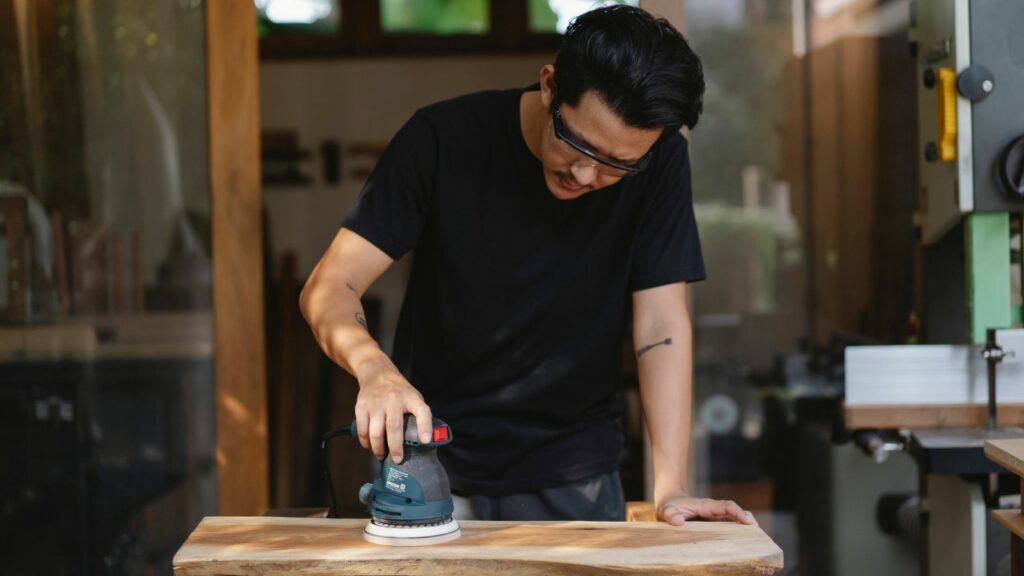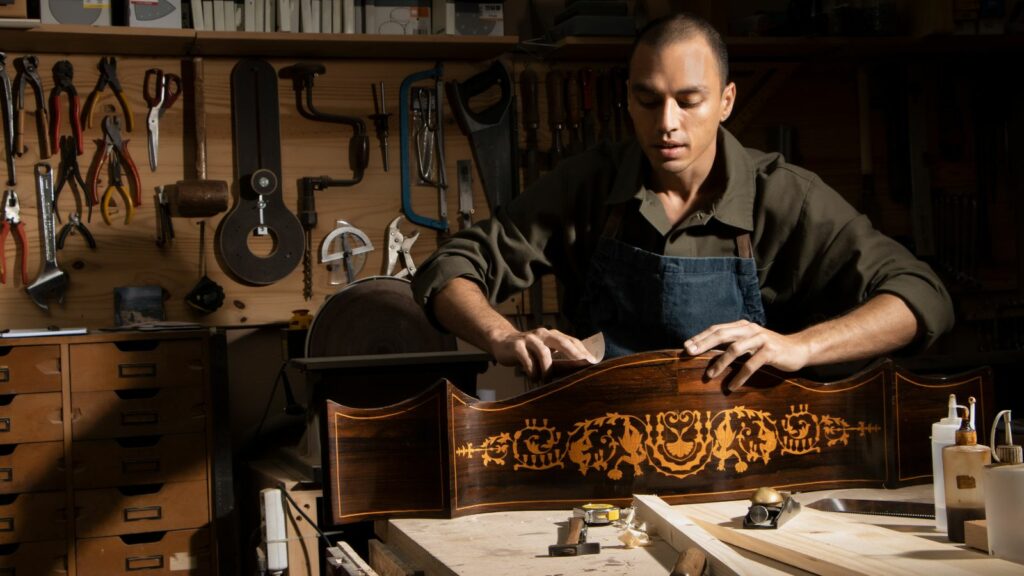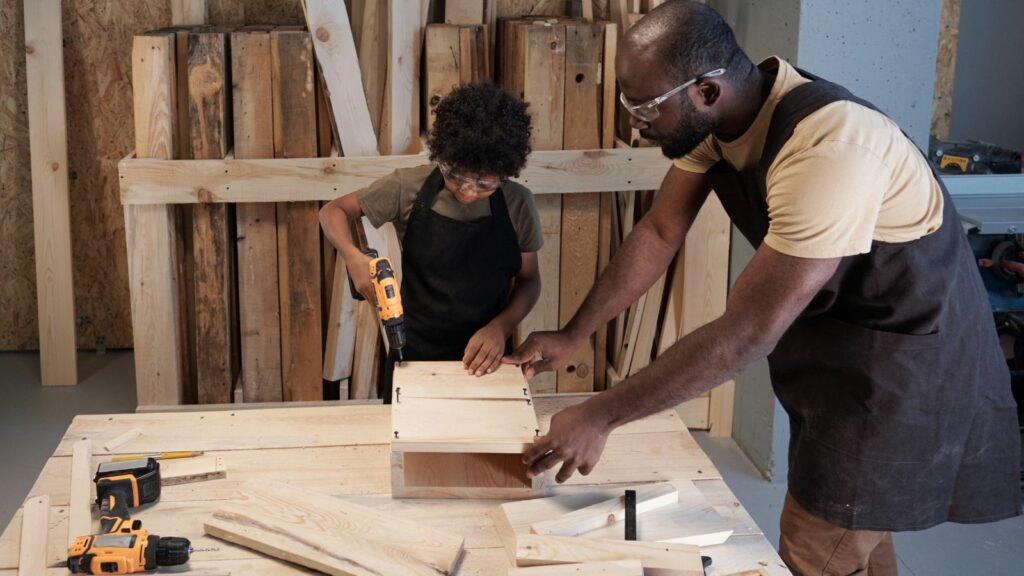Woodworking is a craft as old as time, yet it never loses its charm. It’s a beautiful blend of creativity and technical skills, a hobby for some and a full-time profession for others. Whether you’re a seasoned carpenter or a beginner with a newfound love for wood, there’s always something new to learn.
10 Woodworking Tips
Stepping deeper into craftsmanship, these essential 10 woodworking tips aim to elevate your work, emphasizing skill, safety, and artistry in every process.

1. Maintain Your Tools
Properly cared tools streamline the woodworking process. Quality maintenance includes routine sharpening of cutting tools such as chisels and plane irons. Dull tools won’t just make the job harder, but they’re also a safety risk, reinforcing the point made earlier in this article regarding the high priority of safety measures.
2. Understand Wood Grain
A comprehension of wood grain plays a vital role in successful woodworking. The orientation or direction of the wood fibers impacts strength, workability, and visual properties. For instance, in planing, it’s necessary to move along the direction of the grain to avoid tearing or damaging the wood.
3. Master the Art of Measuring
Precise measurements equate to the neat completion of a project. Skilled woodworkers often use the saying, “Measure twice, cut once.” This stands as quite a literal truth in woodworking. Using quality measuring tools, like a steel rule for better precision, is advisable.
4. The Importance of Sanding
Sanding ensures a smooth and clean surface, preparing wood for finishes. Manual sanding gives you complete control, yet power sanders speed up the process. Always sand along the direction of the grain, using progressively finer grits until you achieve the desired texture.
5. Discover Different Joinery Techniques

Joinery techniques, such as dovetails, dowels, and mortise and tenon joints, solidify the connection between wood pieces. Each technique offers varying strengths and aesthetics, allowing a choice that best suits a specific project’s requirements.
6. The Power of Proper Planning
Prior planning provides an efficient workflow in the project. Before cutting or shaping, a well-detailed sketch, involving scales and measurements, proves beneficial. It results in less wood waste and avoids mistakes that can compromise a project’s integrity.
7. Patience and Persistence in Woodworking
Woodworking isn’t a race. Patience in mastering techniques and persistence to overcome challenges lies at the heart of the craft. Quality takes precedence over speed, as rushing may lead to mistakes and imperfections.
8. Using the Right Wood Finish
Wood finishes protect the wood while enhancing its natural beauty. Factors like durability, dry time, color, and water resistance are crucial to consider when choosing between options such as varnish, shellac, oil, or wax.
9. Learning Proper Clamping Methods
Clamping holds pieces together during processes like gluing. Appropriate clamping methods ensure firm bonding while preventing wood damage. The use of softwood pads on clamp jaws, for example, helps avoid leaving marks on the workpiece.
10. Making the Most out of Scrap Wood
Scrap wood serves as an advantageous resource. It’s ideal for test cuts, practice pieces, or even small-scale projects. Using scrap reduces waste while offering opportunities for further creativity and practice.
Applying These Woodworking Tips

Incorporating the detailed woodworking tips can refine the artistry, bolster safety measures, and enhance technical skills. Let’s delve into the effectiveness of these suggestions and their practical considerations.
Just as the old saying goes, “Practice makes perfect,” woodworking is no exception. Constantly engaging in hands-on tasks helps to realize improved results. For instance, mastering joinery techniques requires practice to perfect and repeatedly using distinct wood types helps to familiarize oneself with their individual workability. Likewise, continual use of tools develops understanding and ensures optimal performance. Therefore, practice proves paramount in honing woodworking skills.
Elevate your Craftsmanship
10 woodworking tips beauty lies in its blend of creativity, technical skill, and safety measures. It’s a craft that demands constant learning and practice, with each tip shared in this article serving as a stepping stone to elevate your craftsmanship. Remember, 10 woodworking tips isn’t just about mastering techniques; it’s also about understanding the intricacies of wood, maintaining your tools, and prioritizing safety. It’s about patience, persistence, and the joy of creating something with your own hands.

